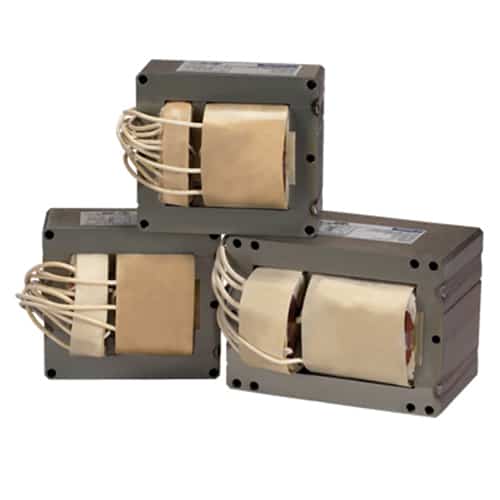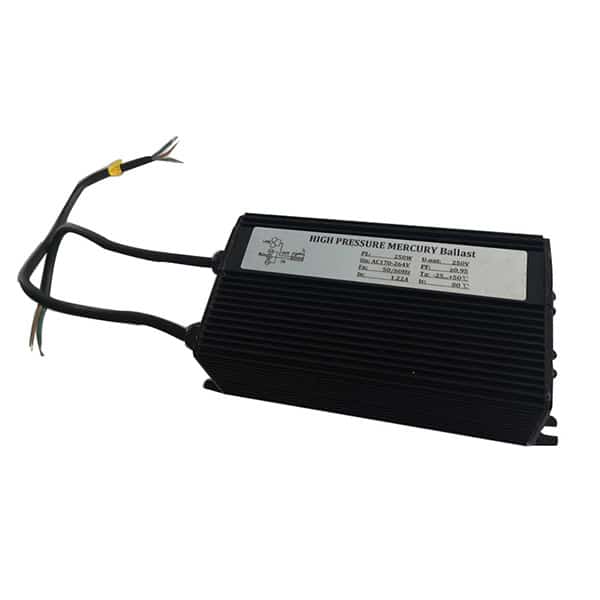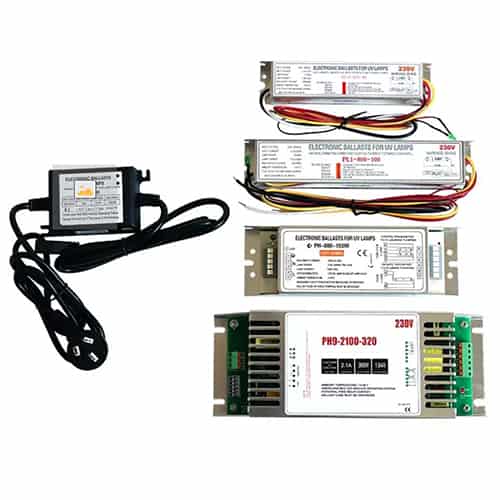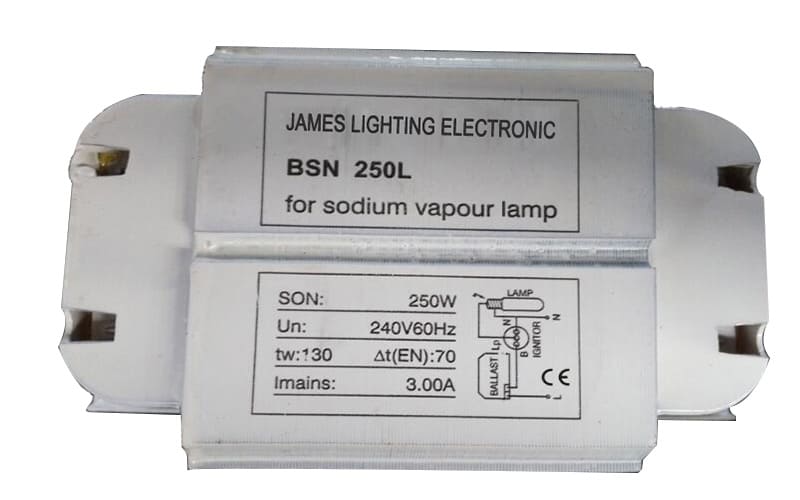The concept of magnetic ballasts can seem puzzling, especially in an age dominated by digital and electronic devices. At James Lighting, we often encounter curious clients wondering about this seemingly arcane component. What is it? How does it work? Why should I care?
At its core, a magnetic ballast is designed to regulate the current flowing through fluorescent lamps and some types of HID (High-Intensity Discharge) lamps.
With that said, the story of magnetic ballasts is more than just about regulation. Dive in with me as we illuminate the intricate world of magnetic ballasts.
What’s the basic principle behind its operation?
The magnetic ballast operates using a core and coil assembly, ensuring that the lamp receives the right amount of current. Too much current, and the lamp might burn out; too little, and it may not light up adequately.
This simple yet effective method of operation relies on electromagnetic principles. A magnetic field is created when the current passes through the coil, helping control the amount of electricity that reaches the lamp.
How is it different from electronic ballasts?
While both types aim to control the current, their method of operation varies. Magnetic ballasts use a physical coil and core system, whereas electronic ballasts employ circuits and electronics.
Magnetic ballasts are generally bulkier and might produce a humming sound during operation. Electronic ballasts, on the other hand, are compact, quieter, and often more energy-efficient.
Why is it essential in fluorescent lighting?
In the absence of a ballast, a fluorescent lamp could draw excessive current, leading to a rapid burnout or even potential damage. The magnetic ballast acts as a mediator, ensuring a smooth and consistent flow of current.
Furthermore, the initial strike of a fluorescent lamp requires a higher voltage. Magnetic ballasts help in this initial surge, and then maintain a steady current once the lamp is lit.
Are there any limitations?
As with most technologies, magnetic ballasts have their limitations. For one, they tend to be heavier than their electronic counterparts. This bulkiness can impact design and mounting options.
Another notable limitation is the humming sound they might produce during operation. This noise can be distracting, especially in quiet environments.
What about energy efficiency?
While magnetic ballasts have served us well over the years, they aren’t the most energy-efficient option available. Some energy is lost in the form of heat and that familiar humming sound.
For businesses and individuals keen on optimizing energy consumption, electronic ballasts might be the way to go. They typically offer better energy savings and have a quicker start-up time.
Are magnetic ballasts being phased out?
Due to evolving technology and energy efficiency standards, many manufacturers and industries are gravitating towards electronic ballasts. It’s not uncommon to see a decline in the use of magnetic ballasts in newer installations.
However, at James Lighting, we acknowledge the continued demand in certain scenarios and sectors. There’s a place for magnetic ballasts, especially where their robustness and durability are required.
How to choose the right ballast?
Selection often boils down to the specific needs of your project. While magnetic ballasts are durable and have a long life, they may not be ideal for situations requiring energy efficiency or silent operation.
Consider factors like energy consumption, operational noise, size, and cost. As always, our team at James Lighting is here to assist in making the best choice tailored to your requirements.
Conclusion
Magnetic ballasts, while seemingly a relic of the past, continue to find relevance in specific settings. They serve as a testament to the evolution of lighting technology. By understanding their function and application, we can appreciate their role in shaping the lighting industry and choose the right tool for our needs.





